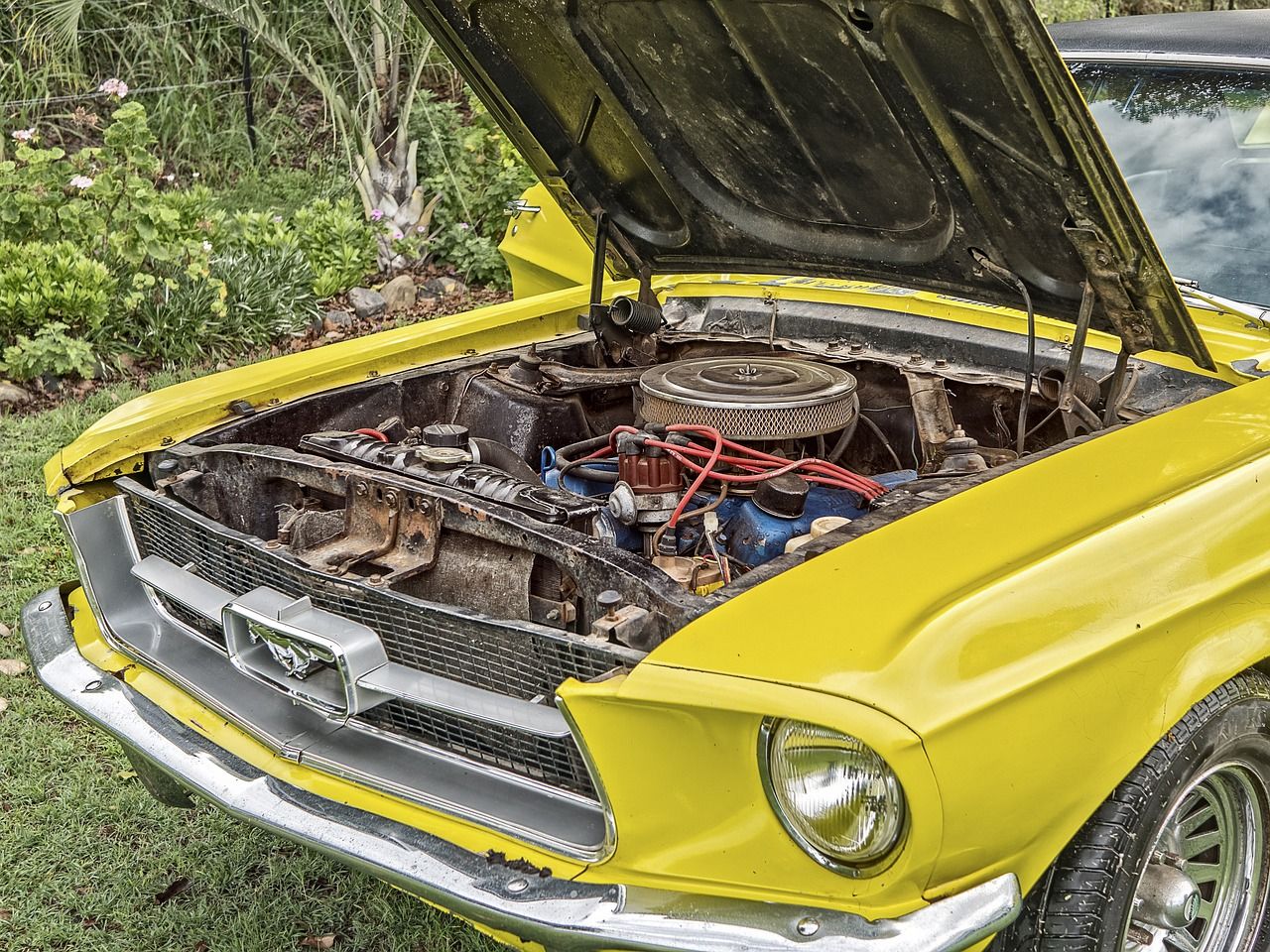Warning Signs of Potential Car Problems
Writer - John Linden

Car safety is at the top of regular and normal auto maintenance, with brakes topping the list as one of the most important parts to monitor closely. Even so, many people do not recognize signs their car's brakes may require servicing. What warning signs of potential car problems can you look for to avoid a possible dangerous and frightening situation?
First, and foremost, regular maintenance with a certified automotive care center should occur according to the manufacturer's recommendations; and at minimum inspection of the brakes should happen once a year. The wear and tear on brakes depends heavily on environmental elements -D.O.T. weather road maintenance, frequency of use -heavy braking in city or rush hour driving shortens their lifecycle versus trips to the market; and depending of the brake brand, their expected lifecycle can determine an automobile brake system's repair or replacement.
What happens during the brake maintenance? A thorough inspection includes brake fluid level, condition of brake lines and hoses, brake lining wear, rotor thickness, and dash and brake warning lights are checked. The vehicle is also taken on a test-drive to assure there are no other potential brake system issues that exist.
Sounds, smells and sensations can all be signals a car has brake problems; being alert and recognizing the danger signs that a possible brake problem exists are also important. Indications to look for are brake "grabbing", the dashboard's brake warning light is illuminated, the brake pedal goes down lower than normal or a the pedal has a hard feel to it, vibration, squealing and scrubbing or grinding noises are all indicators. There are times it only takes a few short miles between what feels like a soft braking pedal and a pedal going clear to the floor. A driver can avoid brake failure and protect themselves by listening and watching for a few simple signs.
A common and leading indicator there is something wrong with a car's brakes is noise. Watch for any grinding noises and if brakes throw off brake dust onto the wheels. If brake dust is normal, monitor for an increase or decrease in the amount. Any out of the normal sound(s) and the presence or change in brake dust, is often a sign brake wear is at the point inspection is needed.
The brake pedal's operation is also a common indicator maintenance may be needed. When braking, if the vehicle's front end shakes or pulls to the right or left, it is a sign there is excessive brake wear. A brake pedal that feels spongy when pressed could indicate brake fluid is low, or air has entered the braking system. Low brake fluid and a mushy feel to a brake pedal, can also alert brake wear. Inspect the brake fluid reservoir and fill if low; if additional brake fluid is not needed have the brake system serviced.
An Automatic Braking System (ABS) is equipped in most automobiles. During hard or sudden braking, the ABS sets off rapid-fire pumping chain of actions to the brakes preventing the car from pulling left or right and keeps it straight. An illuminated ABS light on the dashboard can be an indication the wheel sensors sense excessive metal particles exist from the brake system. A lit ABS light does not mean the brakes will not stop a car from stopping; it means the feature stopped working.
Useful Tips
- It is not uncommon for brakes to need replacing at 12,000 -15,000 miles. Once a year an ASE Certified technician should remove the wheels and the brakes inspected.
- Typically, a complete brake inspection includes pads, drums, rotors, pistons, calipers and brake lines.
- Moisture absorbed by brake fluid in the system becomes acidic at 30,000 miles or two years and flushing the break system and brake fluid replacement is recommended every two years.
- Most brake drums are self-adjusting by engaging the emergency brake or backing the car up. Ask an ASE Certified technician or check the owner's manual for the type of brakes required for your car and how to adjust them.
- Brake replacement is influenced greatly on how and where a car is driven. Regardless of regular maintenance, brakes should be replaced around 20,000 to 30,000 miles.
For safety reasons, it is important every automobile owner have their brakes serviced according to the manufacturer's recommendations. However, knowing the warning signs of potential car problems can help to avoid further damage to the brake system and put the driver and others in danger.
Updated